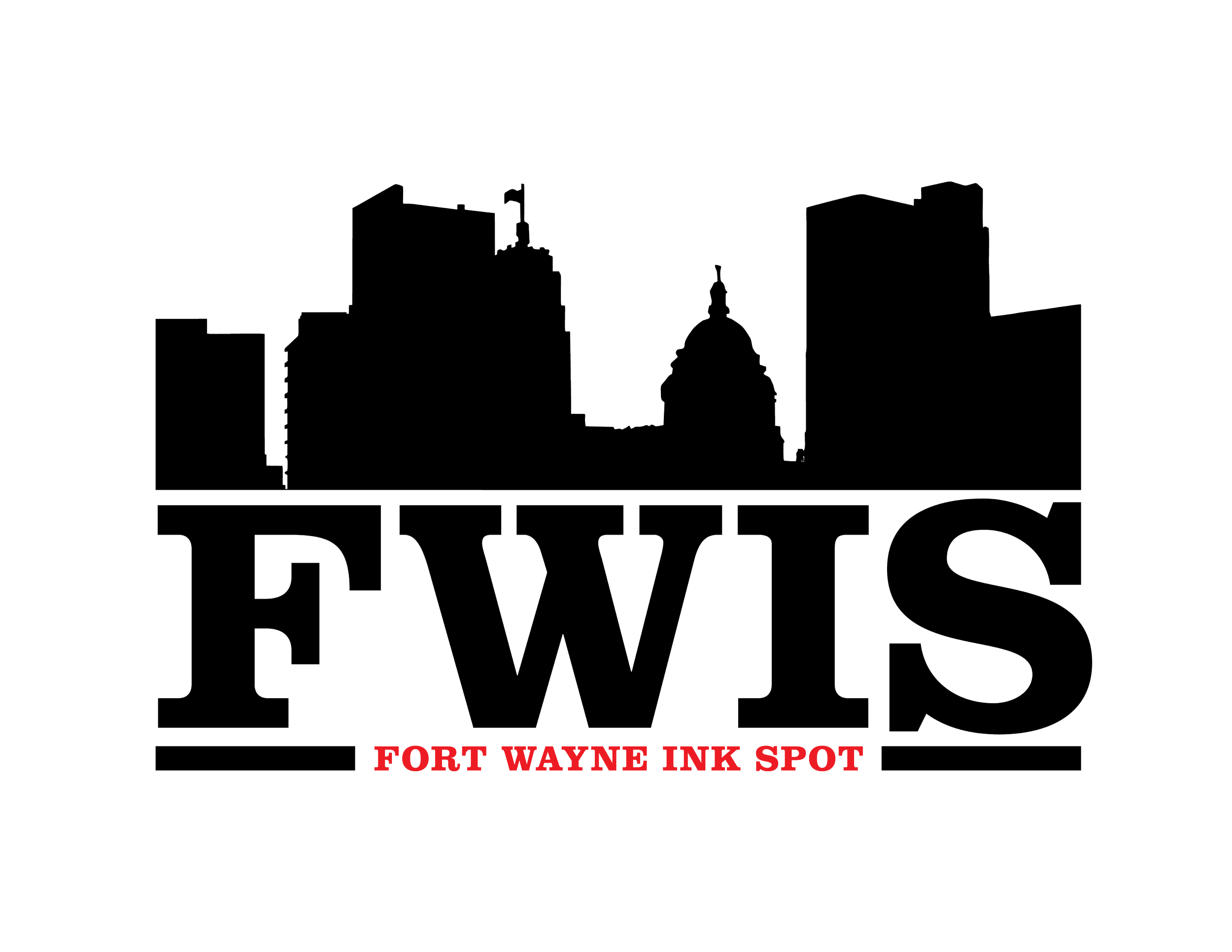In Touch With A Champion

By: Betty Miller Buttram
FWIS Contributing Writer
“What’s in a name?” is question evolving from a scene from Shakespeare’s play, “Romeo and Juliet” where in that scene Juliet expresses deep sorrow about a family name that is preventing Romeo and her from being together. What is the significance of a person’s name? Is the name sufficiently great or important to be noteworthy?
I recently went on a day trip with the Martin Luther King, Jr. Club to Louisville, Kentucky to visit the Muhammad Ali Center. The Center is a non-profit museum and cultural center in downtown Louisville founded by Ali and his wife, Lonnie Ali, in 2005. It opened on November 19, 2005, at a cost of $80 million aided by donors whose names are listed on a gallery wall. It includes 40,000 square feet, two level amphitheater and a plaza. It has five floors which feature exhibitions, an orientation theater representing Ali’s life, a two-level pavilion showcasing Ali’s boxing memorabilia and history, a full-sized boxing ring and booths where visitors can view clips of Ali’s greatest fights and televised pre-and post-fight interviews and there are two art galleries on the third floor.
My main curiosity has always been the name Cassius Marcellus Clay, Jr., who was he named after, and the significance of why he was given that name. His name, to me, has always sounded like a Roman God or a member of Caesar’s palace. Where did the name come from? In researching the name of Clay, I came upon the following information. Henry Clay (1777-1852) was the famous 19th century U.S. politician from Kentucky whose family owned slaves. Henry Clay served in Congress and as Secretary of State under President John Quincy Adams in the 1820’s. He had a cousin by the name of Cassius Marcellus Clay.
Cassius Marcellus Clay (1810-1903) was an American plantation owner, politician, military officer, and abolitionist who served as the United States ambassador to Russia from 1863 to 1869. Born in Kentucky to a wealthy plantation family, he supported the abolitionist case in the United States drawing fire from fellow southerners. Clay freed several of his slaves but not all of them.
Ali’s paternal great-grandfather was John Henry Clay, an enslaved man owned by the Clay Family, accompanied Henry Clay Jr. to the Mexican American War. John Henry Clay later returned to Kentucky where he had a son, and named him, Herman, Ali’s grandfather.
In 1912 Herman Clay named his son, Cassius Marcellus Clay (1912-1990), in tribute to the abolitionist who had died nine years earlier. Cassius, Sr. named his first-born son, Cassius, Jr. Ali changed his name in 1964 upon converting to Islam and joining the Nation of Islam as he considered his earlier name a “slave name,” adding that “I didn’t choose it, and I don’t want it.” He further asserted in his autobiography that “he may have gotten rid of his slaves, but he held on to white supremacy. Why should I keep my white slave master’s name visible and my black ancestors invisible, unknown, and unhonored.”
Another name in Ali’s family tree is that of Archer Alexander (1816-1880), the great-great-grandfather of Muhammad Ali. Archer Alexander was a formerly enslaved man who served as the model for the “emancipated slave” on the Emancipation Monument in Washington, D.C. dedicated to President Abraham Lincoln in 1879. The monument is in Lincoln Park on Capitol Hill at East Capitol and 11th Streets in the Northeast section. It is a bronze statue, sculpted by Thomas Ball, from Boston, Massachusetts, depicting Abraham Lincoln and a kneeling freed slave. Photographic pictures of Archer Alexander were sent to Thomas Ball.
After some understanding as to how Ali was named, I then turned my attention to his refusal of his draft notice. In the Center, all one needs to know about that has been very well documented in interviews and other footage, and I got a sense of the man.
In 1967, Ali refused to be drafted into the miliary, owing to his religious beliefs and ethical opposition to the Vietnam War, and was found guilty of draft evasion and stripped of his boxing titles. He stayed out of prison while appealing the decision to the Supreme Court, where his conviction was overturned in 1971.
As public opinion began turning against the war and the Civil Rights movement continued to gather momentum, Ali became a popular speaker at colleges and universities across the country. During some of his speaking engagements, Ali, can be quoted as saying, “Man, I ain’t got no quarrel with the Vietcong. Why should they ask me to put on a uniform and go ten thousand miles from home and drop bombs and bullets on brown people in Vietnam while so-called Negro people in Louisville are treated like dogs and denied simple human rights.” Ali had more sayings about the Vietnam War, and he is displayed on the screens at the Center saying what he thinks. He antagonized people, and while he was doing that, 60,000 young men dodged the draft and went to Canada. However, as his conviction was overturned in 1971, after the war ended in 1975, the United States told the “boys” hiding out in Canada to come home.
Muhammad Ali, was the champion of the boxing arena. He was a champion who took a stand for his beliefs in his ancestry history, in truth, and in honesty. The Center is about a man who has become a legacy.
